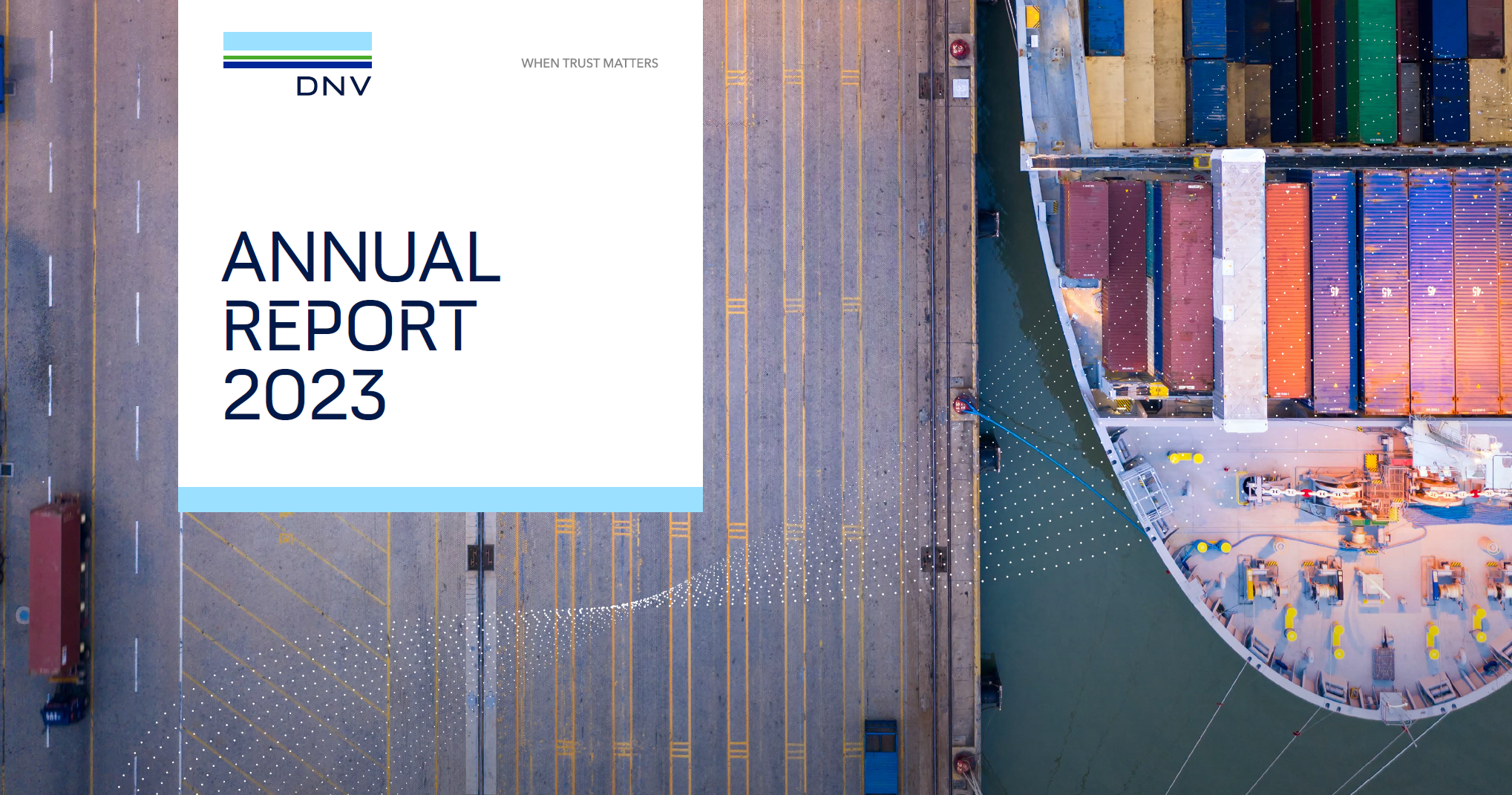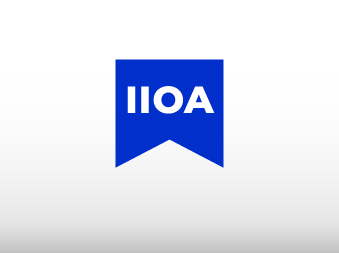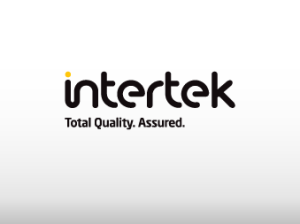IIOA – the Independent International Organisation for Assurance – is a trade association of the leading global assurance bodies.
At the heart of IIOA is the absolute focus on helping deliver assurance. The aim is for businesses and other organisations to gain tangible, beneficial value, whether in sustainability, health & safety, quality or any other of the huge range of areas served by IIOA members.
IIOA works at the heart of the quality infrastructure, along with the standards-development and accreditation communities, to make sure this value continues.
About usNews
Carousel items
-
 Thursday April 25, 2024
Thursday April 25, 2024ISO CASCO 2024 Plenary
-
Thursday April 25, 2024
Bureau Veritas publishes Q1 2024 results
-
 Friday April 5, 2024
Friday April 5, 2024DNV publishes 2023 annual report
-
Tuesday March 5, 2024
Intertek posts strong 2023 full year performance
-
Friday February 23, 2024
Climate Change – ISO Amendments to management system standards
-
Thursday February 22, 2024
Bureau Veritas posts 2023 Full Year results
-
 Wednesday January 31, 2024
Wednesday January 31, 2024Research shows positive impact of health & safety certification
-
 Friday January 26, 2024
Friday January 26, 2024SGS posts 2023 full year results
-
 Friday January 19, 2024
Friday January 19, 2024IIOA at ANAB Assessor Development and All Staff 2024 meetings
-
Tuesday November 14, 2023
IAF Conformity Assessment Advisory Committee
-
Friday November 10, 2023
IAF-ILAC Joint Annual Meetings 2023
-
 Monday November 6, 2023
Monday November 6, 2023IIOA
-
 Thursday September 28, 2023
Thursday September 28, 2023IAF publications
-
 Friday July 28, 2023
Friday July 28, 2023Delivering Sustainability Assurance with accredited conformity assessment
-
 Friday July 28, 2023
Friday July 28, 2023Intertek posts H1 2023 results
-
 Wednesday July 26, 2023
Wednesday July 26, 2023Bureau Veritas 1st Half 2023 results






